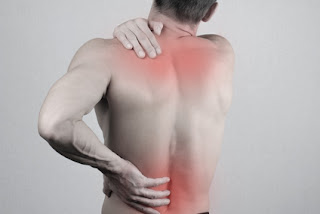With
August on the horizon, and kids gearing up for their fall teams – like soccer
and football—knee injuries are imminent.
Patella
(or kneecap) injuries are second only to ACL
tears when it comes to a traumatic knee injury. The patella can easily
dislocate, or pop out of place, as the result of a collision or quick cutting
and pivoting playing sports.
A
patella dislocation is often accompanied by intense pain as well as instability
of the knee and leg. Sometimes it can be put back into place by a skilled coach
or athletic trainer onsite. Otherwise, a trip to the Texas Orthopedics Urgent Injury
Clinic, might be necessary.
Once
the patella is stabilized, here’s how make sure the knee properly heals:
- Wear a stabilizing brace, sleeve, and/or use crutches as long as directed by a physician.
- Follow the RICE protocol for recovery (rest, ice, compression, elevation) for several weeks.
- Take anti-inflammatory and also pain medication as prescribed.
- Modify all activity until given clearance to return to sports once range of motion and strength have been evaluated.
Allowing
sufficient time for the injury to heal is necessary to avoid a recurrence, as a
second patella injury often does require surgical treatment to restore
stability.
Conditioning
several weeks out before the start of a new sports season, and warming up
properly before each game, can keep the knee in good shape and help to avoid
injury. Wearing protective gear such as knee pads can also be beneficial.
If
you have questions or concerns about a patella injury, please contact us for an appointment with
one of our specialists.
(Adapted
from Stop Sports Injuries)








